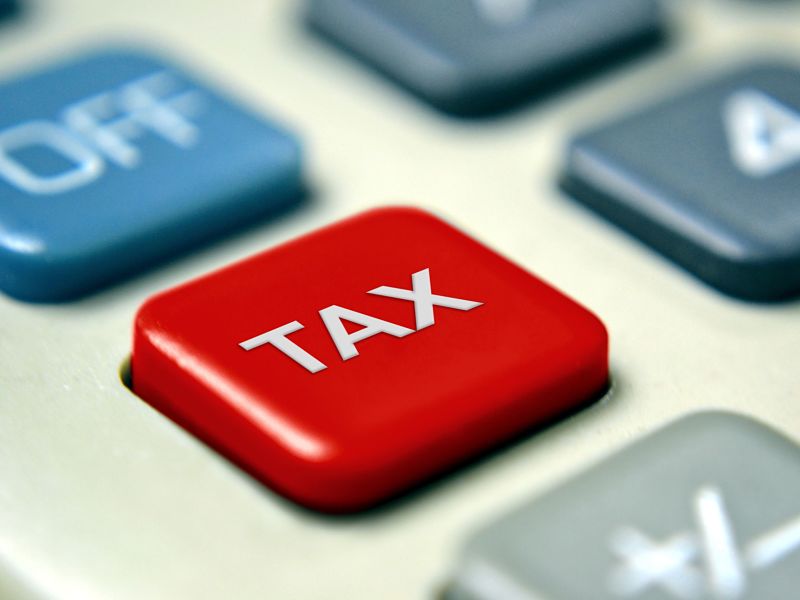
It’s been a week since we learned that the Liberals will be forming a minority government. While the Liberals hadn’t announced any tax rate reductions in the their pre-election platform, they did announce an increase in the basic personal amount by 15% annually (above inflationary increases) to $15,000 by 2023. Unlike the Conservatives’ proposed tax cut to the lowest bracket, the Liberals’ measure won’t be universal, as it will be phased out for individuals with income over $147,667 (the second-highest bracket) and fully eliminated once income is over $210,371 (the top bracket).
Since the Liberals will need the support of one of three other parties (the Conservatives, the NDP or the Bloc) to pass any legislation, it’s worth reviewing the NDP’s tax agenda, as the Liberals may need the NDP’s support to help pass their previously announced tax measures.
The NDP campaigned on a platform that included an increase in the top marginal tax rate to 35% for Canadians earning over $210,371 annually. This is up two percentage points from the current top federal rate of 33%, introduced by the Liberals for 2016. Prior to 2016, the top federal rate was 29%.
The NDP have also vowed to increase the capital gains inclusion rate back up to 75% “to make our tax system fairer and ensure that the wealthiest individuals are paying their fair share.” Currently, Canada taxes capital gains at 50% of an individual’s ordinary income rate. For high-income Canadians, who typically account for most of the taxable capital gains realized in non-registered accounts, the effective combined federal/provincial capital gains tax rate works out to around 25% of the gain.
Prior to 1972, Canada didn’t tax capital gains at all. But after the release of the Carter Commission report, which recommended full taxation of capital gains, the law was changed to tax 50% of capital gains. The inclusion rate was increased to 75% in 1990 and stayed constant for ten years until February 2000, when it was dropped to 66.7% and then reduced again, down to 50%, in October 2000, where it has remained to this day.
While the Liberals have not announced any changes to the capital gains inclusion rate in their pre-election platform, increasing the inclusion rate would bring the tax rate on capital gains closer to the rate on dividend income. For example, in Ontario, the top rate on a capital gain is currently 27%, while the top rate on Canadian dividend income is 39% for eligible dividends and 47% for non-eligible dividends.
Raising the capital gains inclusion rate may be something a minority Liberal government may consider to stop some of the surplus stripping transactions currently being contemplated by private companies looking to extract surplus from their corporations at capital gains rates instead of dividend rates. Anti-surplus stripping rules were announced back in July 2017 as part of the controversial small business corporate tax measures, but were later dropped because the rules, as drafted, would have had disastrous and unintended tax results for transfers of family businesses.
Finally, the NDP also campaigned on a promise to introduce a “super-wealth tax” of 1% that would apply to individuals with wealth over $20 million on the portion of their wealth exceeding $20 million. The idea of a wealth tax, currently non-existent in North America, is also gaining popularity south of the border in the run-up to the U.S. elections in 2020. While there are practical issues with measuring, assessing and collecting a wealth tax, including valuation issues associated with non-liquid assets, the idea may pique the interest of a Liberal minority that has targeted the top 1% of income-earners with higher taxes over their recent four-year mandate.
